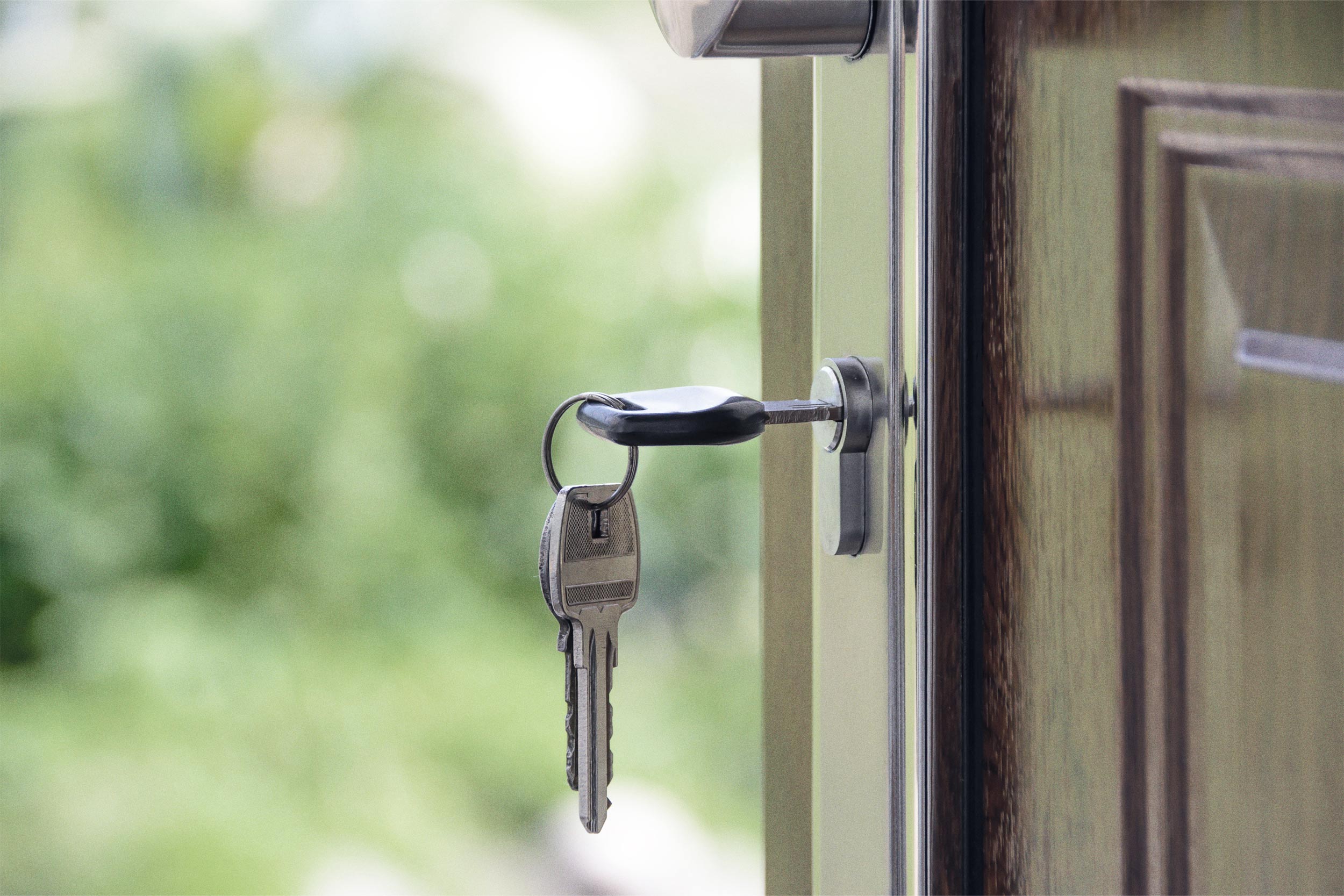Q. It seems we’ve been in a sellers’ market for at least two years. How long do you expect this to last? What would cause a change in trend?
Korgaonkar: As I mentioned, there are already signs that the tide is slowly turning. The rate at which this happens will vary dramatically from one geography to the other. Places where it has been difficult to add housing stock (think of the hilly Bay Area) may see the tide turn more quickly, but prices are likely to remain quite elevated given that for-sale inventory in such cities was already incredibly low coming into the rate increases.
Other places where it has been easy to build have likely seen higher construction activity (e.g., the amount of new construction along Route 29 north to Washington, D.C. has been quite noticeable since 2020). Builders will be trying to sell this new inventory, giving buyers some bargaining power. However, such areas are less prone to house price cycles and housing is generally more affordable.
Q. What are some things to consider when getting in a competitive house bidding situation?
Sanderford: The important things for me are knowing what I can afford, how long it will take to close, what I’m willing to accept in terms of demands from the seller, and when to walk away. It’s also important to understand the transaction process and the time it takes to work through all of the contingencies and conditions of the purchase.
Today, surveyors, inspectors, contractors, appraisers, title companies, lawyers and lenders are working on significant volumes of transactions. Having conviction when making an offer with firm knowledge of your budget and process goes a long way to being a competitive and reliable bidder. While it’s important to be a good advocate for yourself and protect your interests, it’s also good to remember everyone’s human and grace goes a long way.
Q. In order to win the bid, is waiving inspection worth it?
Sanderford: Short answer: Rarely. Longer answer: For existing houses, unless you have the skills, materials, relationships and capital ready to remedy problems discovered after a purchase, it tends to be wiser to inspect the house and include an inspection contingency in the purchase and sale contract.
Inspections help identify problems, while contingencies give buyers the ability to cancel the contract if they are not willing or able to fix the issues an inspection might uncover.
Beyond inspections, it pays to spend time looking at the public records for the house. Doing so helps anticipate potential problems.
A friend recently shared that she was considering bidding on a house and discovered it was permitted for fewer bedrooms and bathrooms than she observed it contained when touring it. After failing to find building permits existed for septic upgrades or the additional rooms, she decided there was too much uncertainty and potential expense and chose not to make an offer.
Korgaonkar: I will give you the typical economists’ answer, which is “it depends.” Naturally, if you are looking at a recently built home, then you could try and obtain an edge by waiving the inspection. But chances are that other bidders are likely to do the same, so it may not really be that helpful. It is going to perhaps help you win the bid if you are looking to purchase an older home, but of course, it is then much riskier to waive an inspection. These are the trade-offs and risks that are inherent.
Being myself a somewhat risk-averse person, I would be hard-pressed to forego an inspection if the home was more than five to seven years old.
Making an all-cash offer would help, and this is more common than one might think. About 25% of buyers made all-cash offers in 2019. One can always mortgage the property once they own it, and deploy the cash elsewhere if you believe you can earn a higher return on another investment.
Q. What misconceptions do you think buyers and sellers have about the home sale process?
Korgaonkar: The first thing that comes to mind is transaction costs. I think, and I speak a bit from personal experience, buyers and sellers don’t immediately think about the transaction costs of selling a home – broker’s fees, inspections, repairs to the house before listing and after purchase. When budgets are tight, and pocketbooks stretched, these might make a difference to what is affordable or not.





